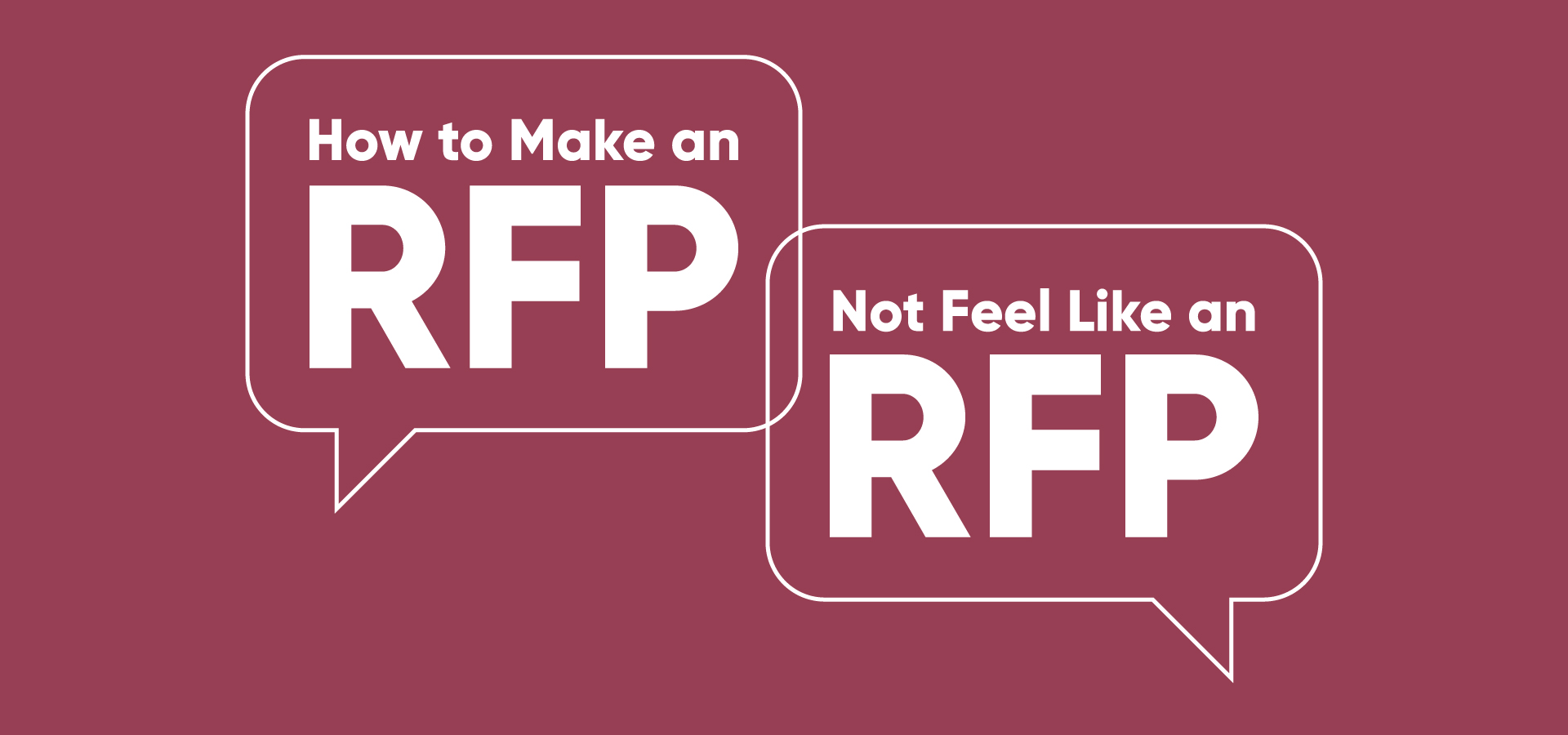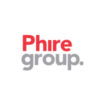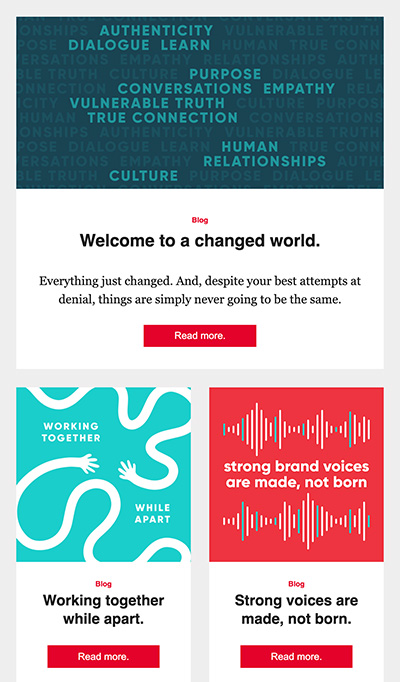How to Make an RFP Not Feel Like an RFP
Understanding that RFPs are frequently an organizational requirement, let’s focus on the elements of an RFP that, when properly considered, can make them an enjoyable process to take part in.

Phire Group, like most agencies, has a love-hate relationship with the ubiquitous request for proposal — better known as the RFP. We love the new opportunities that come from receiving an RFP, and we also love working together as a team to determine how we’d address the challenge at hand. On the flip side, we don’t love the impersonal aspects of the process or the lack of transparency they tend to bring, which often makes them feel like a long, drawn-out game of poker.
Understanding that RFPs are frequently an organizational requirement, let’s focus on the elements of an RFP that, when properly considered, can make them an enjoyable process to take part in.
Do you have the time and, more importantly, the interest?
RFPs can be taxing for all involved, so we suggest that companies structure their process to fit their availability and their interest. More often than not, target dates are missed, and the process becomes extended, which tends to dampen the excitement on all sides. If there is a schedule, let’s do our best to stick to it.
Is this a project, or are you looking for a partnership?
Each brings a different mindset and approach. The first is all about process and time, while the second is more about fit and competency. Most agencies can and will do either, but without correctly framing it as a partnership opportunity, we may not approach it as a two-way interview in which we’re interviewing you just as much as you’re interviewing us.
Which leads us to the question — is it all comers, or have you taken the time to prescreen?
We’re always surprised to learn that a company has invited more than five or six agencies to participate in the RFP process — do you really want to read 37 responses? Do the legwork upfront to receive recommendations, or prescreen agencies through a search to limit the pool to a reasonable number that best fits your need. A cattle call for responses tells us one of two things: that you might not know what you’re looking for, or that it’s all going to come down to price.
What does the inside team look like? What are their strengths?
We enjoy working alongside strong internal teams and would prefer to leverage their expertise when available. Most RFPs are all about sizing us up without any mention of the capabilities already on hand. Well-crafted RFPs let us know what the internal team brings to the table, allowing us to develop a response with them in mind. We’re not a threat. We’re here to help.
Why now? Why the need?
We don’t want to read through a 10-page RFP as much as you don’t want to write one, but there is always more to the story. Most RFPs we receive dedicate one or maybe two paragraphs to outlining the reasons behind the need. This just isn’t enough, so most companies resort to the all-agency conference call or the written Q+A summary in response. If you truly want well-crafted and informed responses, we suggest scheduling one-hour calls with each agency you’re interested in working with to give them a chance to ask the questions they want answers to, instead of having them tip their hand to their peers.
Let’s get the budget question out of the way early.
All agencies, at one time, have excitedly received an RFP from that big brand up the road or that Fortune 500 company we all want to work with, only to find out that the budget doesn’t match the reputation. We understand that you don’t want to show your hand, but we have to know if it’s worth our time. We recently took part in an RFP where a multibillion-dollar global brand was seeking a new agency partner. It was a small, prescreened RFP pool, so we went all in, spending what equates to tens of thousands of dollars of agency time on our response and finalist presentation. At final selection, we learned that their budget was equal to one-quarter of the value we had already invested. A not-to-exceed budget, or (at minimum) a wide range, sets the initial parameters for us to work from. It also allows us to determine, when paired with the other pieces of information, if we’re the right agency for you.
Our agency was built to solve problems and take on challenges, so our ideal RFP is one that is less focused on tactics and specific deliverables and more focused on strategy and ideal outcomes. These open-ended RFPs allow us to take a fresh look at the situation and to develop the ideal approach rather than being mired in production work and predetermined solutions.


